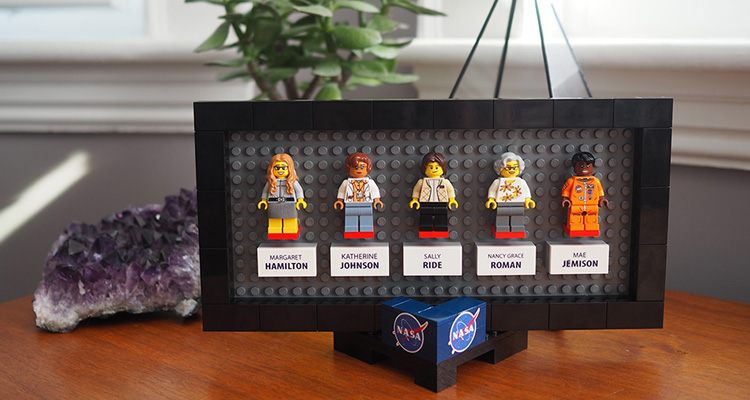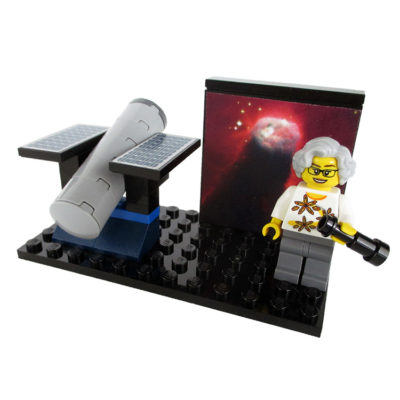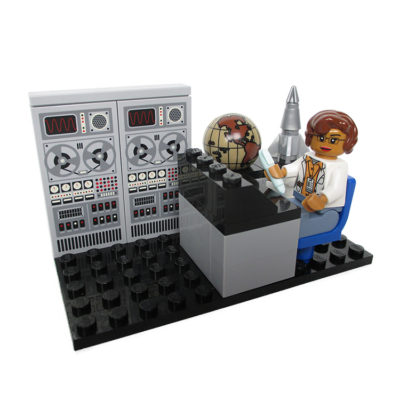Announce that “It’s playtime!” and within moments, young kids are happily engaged with whatever materials are at their fingertips. Play helps children make sense out of their environment and supports mental, social, emotional, and physical development. Through play, highly curious young minds with vivid imaginations interact with objects, surroundings, and others. Naturally, parents seek out toys that will strengthen children’s thinking skills and boost cognitive growth.
Just how should parents select the best educational toys? Well, for starters, gender-neutral or moderately masculine toys that encourage creative, open-ended play, such as LEGO blocks are optimal. Researcher Elizabeth Sweet studied how toys influence kids and found that “gendered toys shape play preferences and styles and can limit the skills and attributes that boys and girls might explore through play.” This means that conscientious parents should be wary of strongly gender-typed toys. Frequently, toys for girls relate to physical attractiveness, domestic skill, and nurturing, while toys for boys tend to be more competitive, exciting, or violent. Wait a minute…. most families want their kids to get beyond those stereotypes. And today’s children definitely benefit from open doors that beckon courageous dreams.
Fortunately, some toymakers, including LEGO, are paying attention. A brand new set of characters called “Women of NASA” recently got the nod in the semiannual LEGO Ideas competition. Loud applause for science writer Maia Weinstock for her winning proposal. What’s behind her thinking? Weinstock wants kids to know about females who have paved the way in STEM fields (science, technology, engineering, and mathematics) because there has historically been notable bias against women in those fields. As a result, females have had to work extra hard to succeed. The new LEGO set (available later this year or early in 2018) breaks the mold by honoring five women who were NASA pioneers: Margaret Hamilton, computer scientist; Katherine Johnson, mathematician and space scientist made famous by the recent film Hidden Figures; Sally Ride, astronaut, physicist, and educator; Mae Jemison, astronaut, physician, and entrepreneur; and Nancy Grace Roman, astronomer.
What a great addition to any playroom! While playing with these figures, children will become increasingly more aware that future careers shouldn’t be limited or defined by gender. Active play builds self-esteem, fosters development of a strong sense of self, and gives kids a sense of accomplishment. Toys that encourage children to dream beyond unnecessary boundaries can lead to positive outcomes for society at large. Hats off to the “Women of NASA!”







































